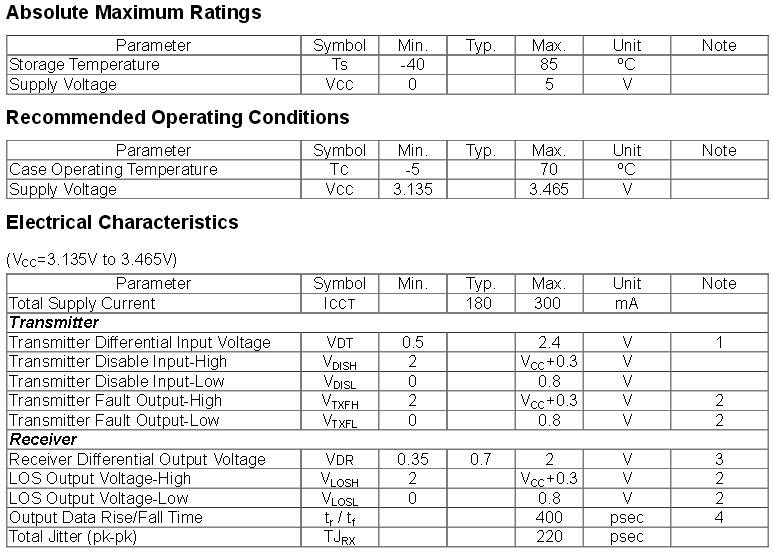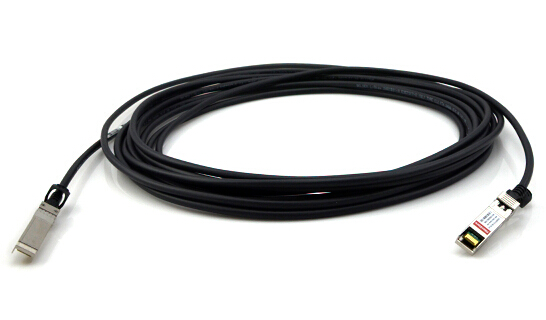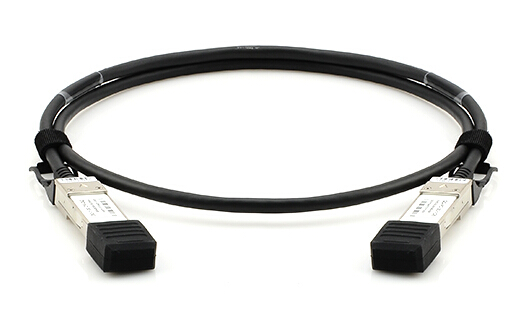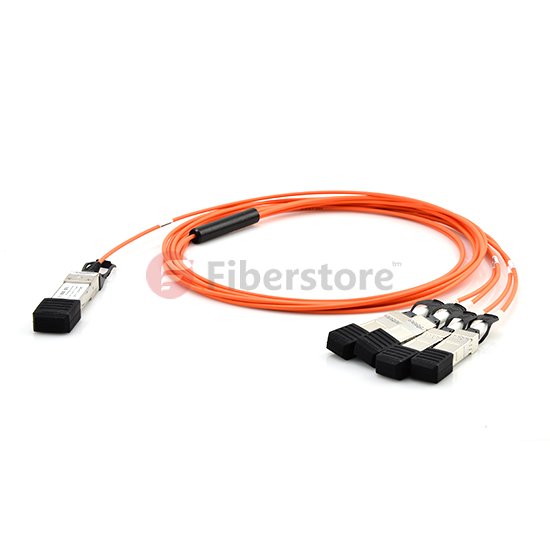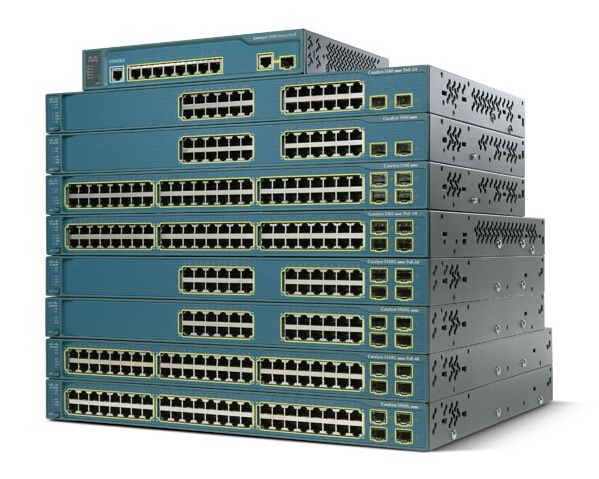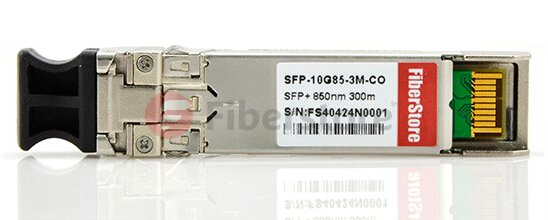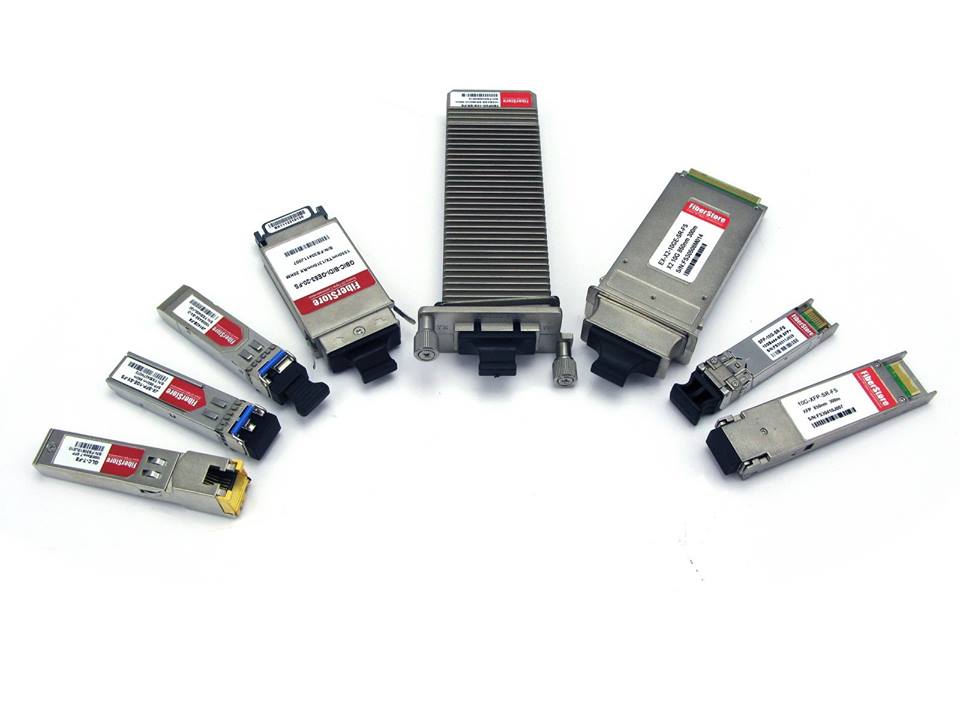Meeting the ever growing need to cost-effectively deliver more bandwidth, FS.COM SFP+ Direct Attach Cable delivers lower power, lower latency and higher density for today’s Data Centres and Storage Area Networks.
SFP+ DAC Cables are a low cost alterna-tive to traditional fibre and twisted-pair copper cabling in top-of-rack and middle-of-row Data Center deployments.
In today’s Data Center, more bandwidth is needed to support the use of server virtualization where multiple virtual machines are combined on a single physical host server. To accommodate the ever-growing number of operating systems and applications residing on individual servers, virtualization requires significantly increased data transmission between the servers and switches.
At the same time, the amount and type of devices residing on the network have dramatically increased the amount of data that needs to be transmitted to and from storage area networks (SANs) and Network Attached Storage (NAS). Depending on recent industry forecasts, the amount of enterprise data being transmitted will grow at more than 20% between 2011 and 2016. Consequently, Data Centre managers are looking for cost-effective methods to provide more bandwidth, while optimising power consumption and supporting modularity and scalability.
To meet these requirements, FS.COM has expanded its line of Data CentreSolutions to include SFP+ Direct Attached Cables. A low cost, low power consumption and low latency solution that is ideal for high-density, in-rack 10 gigabit per second (Gb/s) connections between servers and switches, SFP+ Direct Attached Cables feature rugged twinaxial cables that connect directly into a low-profile small form-factor pluggable plus (SFP+) diecast connector housing.
FS.COM SFP+ Direct Attached Cables offer the smallest 10 gigabit form factor and a small overall cable diametre for higher density and optimised rack space in 10 gigabit Ethernet (GbE) uplinks and 10 gigabit Fibre Channel SAN and NAS input/output connections. The use of SFP+ Direct Attached Cables can cost up to three times less than fibre optic solutions, while offering lower latency and consuming up to 50% less power per port than current copper twisted-pair cabling systems.
Becoming increasingly popular for short distance top-of-rack (ToR) and middle-of-row (MoR) Data Centre deployments, and expected to account for over 40% of 10 gigabit equipment ports, SFP+ Direct Attached Cables also provide enhanced scalability and flexibility. By connecting several servers or storage devices together in a single rack, the use of intermediate patch panels is eliminated and cabling outside of the rack is limited to the main switch connection, making it easy to move racks, deploy one rack at a time and isolate cabling changes to a single rack.
SFP+ Direct Attached Cables provide better cable management for high-density deployments and enhanced electrical characteristics for the most reliable signal transmission.
- Supports 10 Gb/s data rates with backwards compatibility to 1 Gb/s
- Supports 8x/4x/2x/1x Fibre Channel data rates for SANs and NAS
- Compliant with the latest SFF-8431 specifications
- Passive assemblies available in 1-foot increments from 1.6 to 32.8 ft (0.5 to 10 m)
- Active assemblies available in 2-foot increments from 3.3 to 39.4 ft (1 to 12 m)
- Connector cage designed for high-speed differential signaling
- Easy pull-to-release latching mechanism
- Extremely short lead times on all passive assemblies
- Backed by superior support and a 10-year product warranty
FS.COM Compatible Interconnect Solutions: the 10-Gigabit and 40-Gigabit High Speed Cable Compatible for Cisco. FS.COM offers SFP+ twinax copper cables, SFP+ active optical cables, QSFP copper cable, breakout cable and QSFP AOC cables with 100% compatibility for Cisco.
Ordering Information
SFP+ Passive Cable Assembly, Cisco Compatible, 10G:
- Cisco SFP-H10GB-CU1M, 1 metre, 30AWG, $18.00
- Cisco SFP-H10GB-CU2M, 2 metre, 30AWG, $22.00
- Cisco SFP-H10GB-CU3M, 3 metre, 30AWG, $27.00
- Cisco SFP-H10GB-CU5M, 5 metre, 24AWG, $38.00
- Cisco SFP-H10GB-CU7M, 7 metre, 24AWG, $75.00
- Cisco SFP-H10GB-CU10M, 10 metre, 28AWG, $88.00
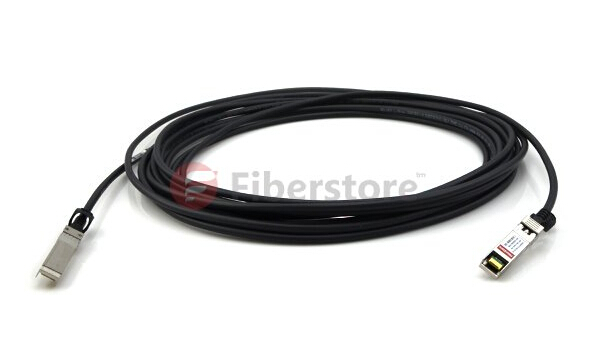
Cisco SFP-H10GB-CU5M SFP+ cable
SFP+ Active Cable Assembly, Cisco Compatible, 10G:
- Cisco SFP-10G-AOC1M, 1 metre, $70.00
- Cisco SFP-10G-AOC2M, 2 metre, $71.00
- Cisco SFP-10G-AOC3M, 3 metre, $72.00
- Cisco SFP-10G-AOC5M, 5 metre, $74.00
- Cisco SFP-10G-AOC7M, 7 metre, $76.00
- Cisco SFP-10G-AOC10M, 10 metre, $79.00
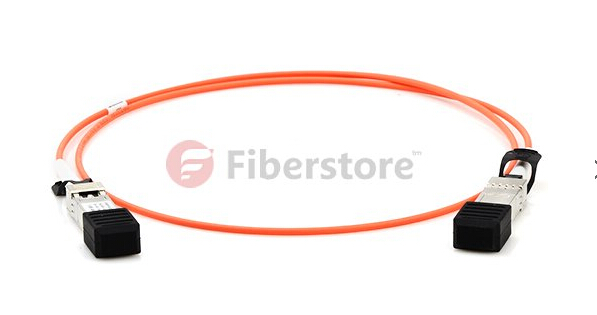
Cisco SFP-10G-AOC1M cable
QSFP+ Active Cable Assembly, Cisco Compatible, 10G:
- Cisco QSFP-4X10G-AOC1M, 1 metre, $281.00
- Cisco QSFP-4X10G-AOC2M, 2 metre, $287.00
- Cisco QSFP-4X10G-AOC3M, 3 metre, $292.00
- Cisco QSFP-4X10G-AOC5M, 5 metre, $302.00
- Cisco QSFP-4X10G-AOC7M, 7 metre, $313.00
- Cisco QSFP-4X10G-AOC10M, 10 metre, $333.00
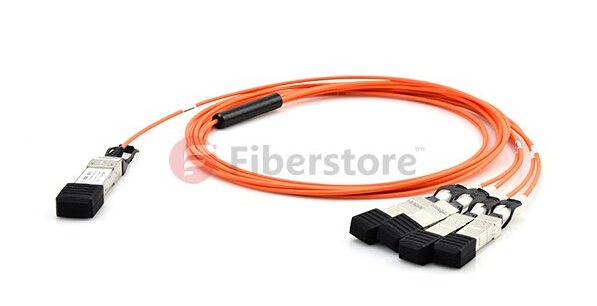
Cisco QSFP-4X10G-AOC2M Compatible 40GBASE QSFP to 4 SFP+ Active cable
Read More Related Articles About DAC Cables:

